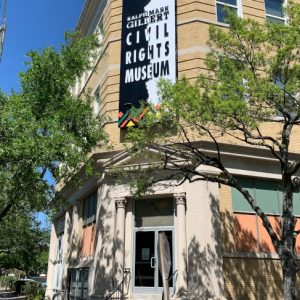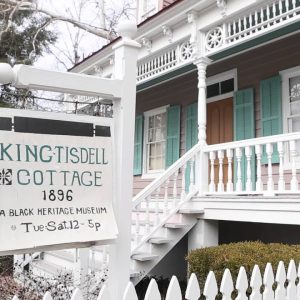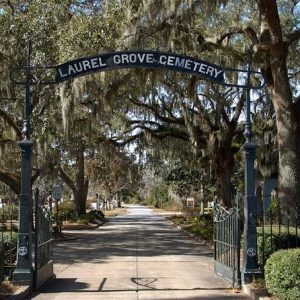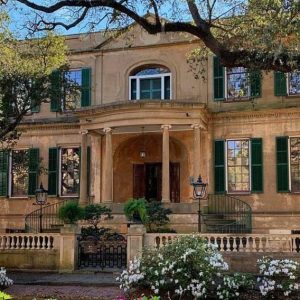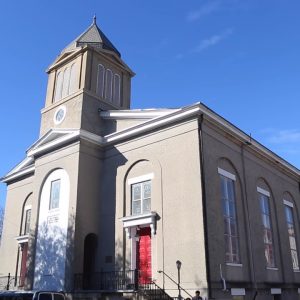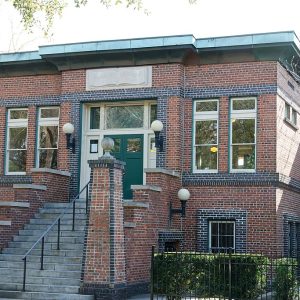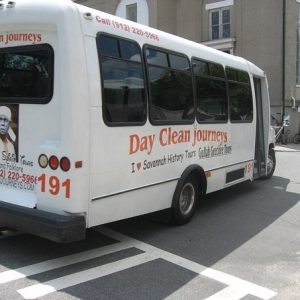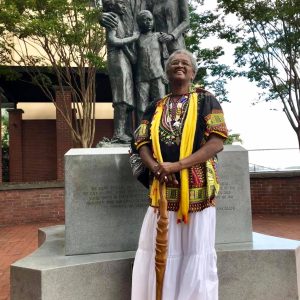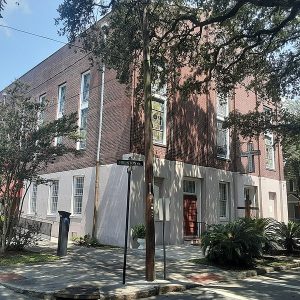MUSEUMS

Momentous Sites and Museums
Savannah boasts a rich history that dates back almost three centuries, making it home to a plethora of impressive museums and momentous sites. This curated list presents the best hidden gems dotted around the city, each deserving of recognition for its unique and exceptional offerings.
Momentous Sites and Museums
Savannah, Georgia is Black History. The First African Baptist Church, established in 1773, is one of the oldest African American churches in the United States, serving as a beacon of faith and freedom. The Owens-Thomas House, a stunning example of Regency architecture, showcases the lives of the enslaved people who built and maintained the estate.
The Owens-Thomas House and Slave Quarters Museum provides a poignant glimpse into the brutal realities of slavery, while the Pin Point Heritage Museum honors the Gullah Geechee culture of the coastal region. Ralph Mark Gilbert Civil Rights Museum, named after the “Father of the Civil Rights Movement in Savannah,” chronicles the struggles and triumphs of the city’s fight for equality. Laurel Grove South Cemetery, the final resting place of many African American soldiers, is a poignant reminder of the sacrifices made for freedom.
The Beach Institute African-American Families Monument celebrates the rich cultural heritage of the community, while the Savannah African Art Museum showcases the vibrant art and traditions of Africa and the African diaspora. Second African Baptist Church, where General Sherman’s famous “40 Acres and a Mule” speech was delivered, is a powerful symbol of the struggle for freedom and equality. Finally, the Historic Baptismal Trail, which winds its way through the city’s sacred sites, offers a journey of discovery and reflection, highlighting the significant contributions of African Americans to Savannah’s history and culture. Come and experience the rich tapestry of Black History in Savannah, Georgia.

Haitian Monument, which can be found outside the church in Franklin Square. The Haitian Monument, which was designed by James Mastin in 2007, honors the troops that fought in the Revolutionary War’s 1779 Siege of Savannah.
Established in 1996 and honors the extensive career of Gilbert, who served as pastor of the First African Baptist church from 1939-1956. The building was originally constructed in 1914 and served as the office for the Savannah NAACP chapter.
The King-Tisdell Cottage is a significant historical site for showcasing African-American art and history, with roots dating back to 1896. This museum was established by the late W.W. Law and bears the name of the original cottage owners, Eugene and Sarah King and Robert Tisdell.
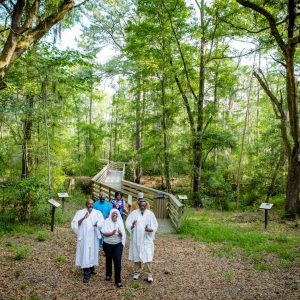
The historic baptismal trail is a historic site where members of the First African Baptist Church and local Geechee communities would baptize new members from the early 1840s to the early 1940s.
One of the largest cemeteries for African Americans in the Southeast, it features the burial sites of notable African Americans from the Civil Rights Movement and others who shaped the community since then.
Built in 1819, the Owens-Thomas House showcases neoclassical styles from the Regency period. The site explores the complex relationships between powerful and enslaved individuals in early 19th century Savannah.
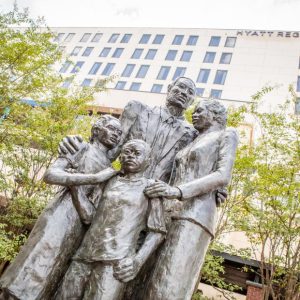
Designed by Dorothy Spradley and dedicated in 2002. Located near River Street along waterfront near the Savannah River. The monument, which stands approximately 11 feet tall, consists of a bronze depiction of an African American family. These four statues, dressed in modern attire, stand atop a granite pedestal. At the statues’ feet are broken chains. Highlighting the invisible story of the Trans Atlantic slave trade.
First African Baptist Church is the oldest Black Church in North America, established in December 1777. Its longevity and legacy have contributed to the rich cultural and religious landscape of the region and was used as a stop along the Underground Railroad. For the safety of those who offered refuge.
Baptiste began painting as a street artist with original paintings worth thousands of dollars. His work has appeared in a number of national magazines including Black Enterprise, Ebony, and Upscale. The Haitian native, Baptiste can still be found painting in the storefront window of his gallery in City Market.
Savannah Carnegie Library, and historically as the Carnegie Colored Library, is a public library established for and by African Americans in Savannah, Georgia during the segregation era. The historic building has been preserved and renovated. It is now a branch in Savannah’s Live Oak Public Libraries system.
Day Clean Journey’s provides stimulating, informative, and enlightening journeys. Students and Teachers, Families, Religious Groups, Youth Organizations, Conference Attendees and Senior Citizens are all welcomed. Let Day Clean give you an experience you’ll remember.
Haitian Monument, which can be found outside the church in Franklin Square. The Haitian Monument, which was designed by James Mastin in 2007, honors the troops that fought in the Revolutionary War’s 1779 Siege of Savannah.
In 1859, one of the largest sales of enslaved people in US history took place. Four hundred and twenty-nine enslaved persons from the Butler plantations near Darien were sold in an event remembered as “The Weeping Time.”
Haitian Monument, which can be found outside the church in Franklin Square. The Haitian Monument, which was designed by James Mastin in 2007, honors the troops that fought in the Revolutionary War’s 1779 Siege of Savannah.
It’s where General William Tecumseh Sherman read the Emancipation Proclamation in 1864, promising newly freed slaves 40 acres and a mule. A decade later, Dr. Martin Luther King recited lines from his “I Have a Dream” sermon on-site before the March on Washington of 1963. The history of the Second African Baptist Church is as striking as it is impressive.

Join Author and Historian Rita Fuller–Yates as she takes us on a journey through the historic streets of Savannah, Georgia. The tour takes each rider to twenty sites, including video, music, engagement, and celebration. During the tour, each participant can expect to see sights of churches, libraries, town squares, black communities, schools, parks, and many more.
